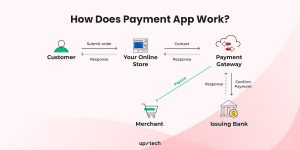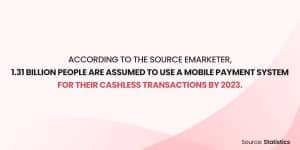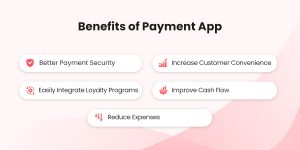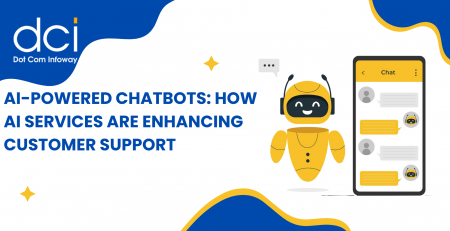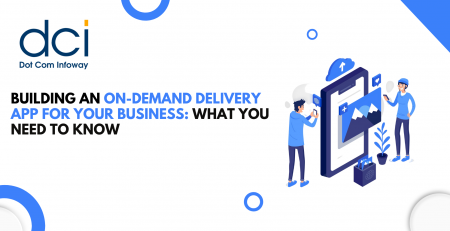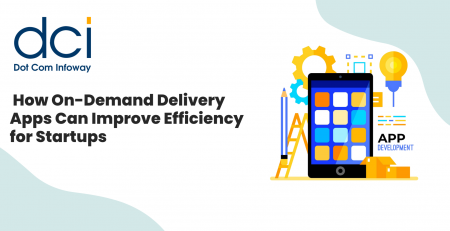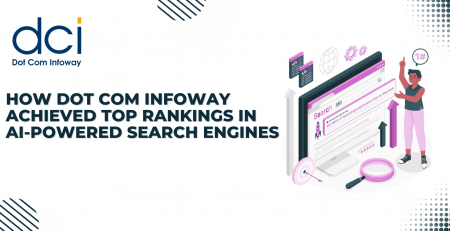Payment App Development: Explore the Features, Types & Cost Estimation
It’s no wonder that Payment App Development is one of the hottest app development projects in recent years. The fact that it’s slated to become a $4.8 billion industry in 2025, which has been forecasted to climb up to $18.84 trillion by 2030, serves as clear proof of the immense revenue potential of payment apps.
Before you start contacting your payment app development company, though, be sure to read this app development guide first to get you up to speed with how to build a payment processing app as a whole.
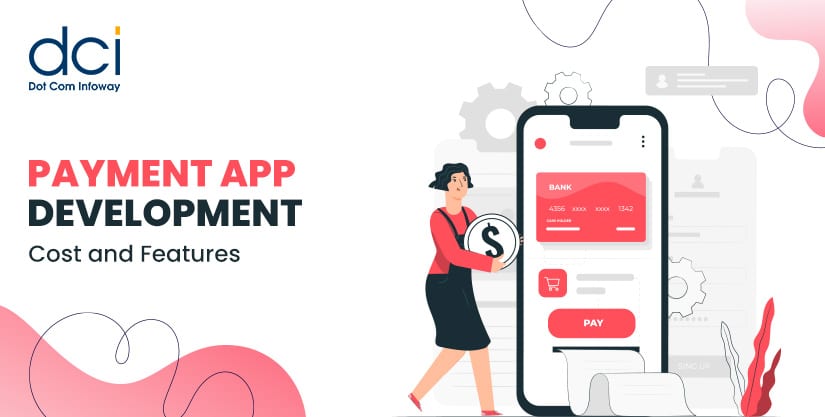
What Is a Payment App?
A payment app allows users to pay other users, merchants, or enterprises. It’s often labeled as P2P (peer-to-peer) simply because the transaction is between peers (aka users), bypassing any of the usual middlemen involved in it.
How Do Payment Apps Work?
Basically, they leverage digital technology to facilitate secure and user-friendly transactions. Mobile payment app development is concerned with making sure that every app delivers just that (and more) for people who want a more convenient way to transfer money or pay for products and services.
When cashless payments surged during the pandemic, many entrepreneurs and businesses seized the opportunity to build a P2P payment app. Not only is it highly convenient and almost instantaneous, but it’s also a safer, contactless option.
Different Types of Payment Apps
Proper Payment App Development starts with pinpointing the exact type of app you want to develop. You’ve decided to create a payment app, but what exactly are your goals? Knowing the types you can choose from should give you a solid idea in weighing your decision.
1. Independent Digital Wallets
It is also known as standalone payment apps that play a vital role in making it possible for financial transactions to be independent and, therefore, convenient. Usually, it’s due to the apps’ ability to support direct transfer between users.
Examples include PayPal, Alipay, Grabpay, Square Cash, and a host of other popular apps.
2. Bank-Integrated Payment Solutions
Who says digital payment solutions and banks shouldn’t mix when doing P2P payment app development? More bank-centric payment apps seamlessly integrate with banking infrastructure and services while imparting cashless benefits.
A good example is the US-based Zelle app.
3. Global Currency Transfer Apps
We can say that these are similar to foreign exchange services – if not their mobile app version/extension altogether. After all, these apps allow you to quickly transfer money in various currencies, typically charging fees that are far lower than in most banks.
Examples are Wise and Xe.
4. Digital Wallets for Mobile Users
These wallets cater to smartphone users, especially when they’re out shopping and prefer contactless payments when making all their purchases. It’s both a more convenient and secure option all-around.
Apps like Apple Pay and Google Pay are at the forefront of delivering these benefits.
5. Social Media-Based Payment Apps
These apps work within the respective ecosystems of the world’s most popular social media. It capitalizes on the naturally high engagement of these platforms, bringing their payment convenience right into the users’ hands. As such, they can choose to transfer to their friends or family or pay for products and services within the social network.
Facebook Pay and WhatsApp’s payment features are notable examples of this type.

Turn Your Entrepreneurial Dreams into Reality
Unlock seamless transactions and drive business growth with our custom payment app development services. Get a free consultation today!
Essential Features to Include
Equally important in Payment App Development are the features you decide to integrate. There are fundamental Payment app features that you simply can’t do without, so be sure to discuss them with your specific payment app development services during your preliminary discussions.
These features readily give clues on how to build a money transfer app, particularly.
-
User Login
Every app encourages robust security, given the perennial risks in the digital space as a whole. Most apps don’t settle for anything less than the advanced protections provided by multi-factor authorization and biometric authentication.
Always remember that when considering and knowing how to build a payment system, you should immediately think of the user’s pain points, particularly how trustworthy and safe your system is.
-
Account Control
You need to empower users when managing their accounts. They shouldn’t have to exert too much effort in personalizing their profiles, setting notification preferences, adding/removing bank accounts, and inviting friends.
-
Money Transfer
Users should be able to conveniently send and receive payments when the need arises. Most apps allow people to integrate with their phones’ contact lists, for example, as well as offer various ways to quickly search for the recipient.
-
Crypto Transaction Capabilities
Nowadays, users can no longer do without crypto transactions. To keep your payment options diverse, they should always be included.
-
In-Store Payments
Enable hassle-free payments in physical stores by making your payment app compatible with the merchant’s POS (point-of-sale) system.
-
Transaction Records
We can only ever do a proper accounting of our spendings if we are afforded a comprehensive record of our transactions. Users should be given all the pertinent details of all their transaction data.
-
Expense Sharing
How nifty is it to have the option to split the bill even if we’re paying through an app? Your app should offer an option for automatic bill-splitting to cater to users who like to go out as a group.
-
User Incentives
Rewards programs attract and engage users, which in turn enhances your app’s overall value proposition. It also nurtures loyalty that leads to an all-around positive user experience.
-
Track and Optimize Spending
Budget analysis provides better control to users and helps in their decision-making. After all, such features often involve expenditure tracking and budget optimization.
-
Real-time Updates
These can be done via notifications that will pop up to remind users of transaction updates, scheduled payments, etc.
-
Connect and Share
Our financial life is innately connected to our social life, so it’s just as important to add social elements in your app. These can be in the form of newsfeeds, emojis, or interactive notes.
What these features prove is that online payment transfer app development mirrors the same user-centric trajectory that’s being traced by the present Evolution of AI In mobile app development. As long as you keep your app’s focus on delivering user needs (by personalizing your solutions) and addressing pain points, you’re arguably halfway there.
Cost Estimations for Payment App Development
Your chosen should automatically provide you with a price breakdown. You can start with the following table to have an inkling about what expenses to expect when Payment App Development.
| Development Phase | Typical Duration | Cost |
| Planning and Design | 2-3 months | $50,000 – $100,000 |
| Development | 6-9 months | $250,000 – $350,000 |
| Testing and Deployment / Playable Demo | 1-2 months | $100,000 – $150,000 |
Overall, payment app development cost still falls well within the margin of the average cost for Social media app development and mobile app development in general.
Naturally, the payment app development process and how long it takes will ultimately depend on the features you want to integrate and your individual goals.
Conclusion
Overall, much like any kind of mobile app development, Payment App Development places emphasis on making life easy for the user. In this case, it can be anyone since all of us have since discovered the unprecedented benefits of payment apps.
Once you adopt a user-centric approach, all that’s left are to take note of your budget considerations, do tests, and remain consistent with your goals. The mobile app development company of your choosing should readily underscore the importance of these factors.

